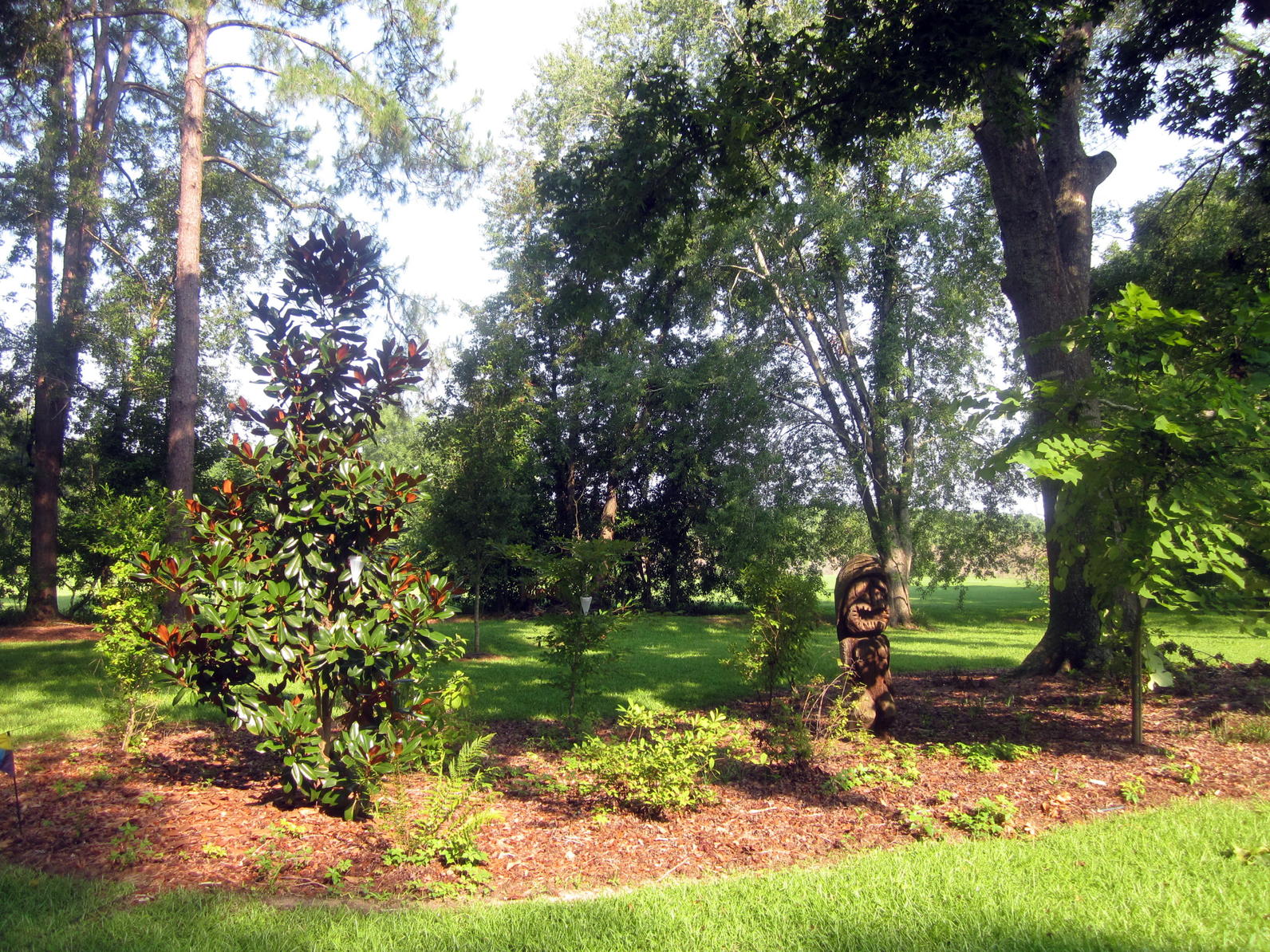Launched in 2013, Audubon North Carolina’s Bird-Friendly Communities initiative is a partnership program involving more than 20 organizations with a vision for creating a more bird-friendly North Carolina. This vision statement guides the goals and projects of the group: “Bird-friendly communities give birds the opportunity to succeed by providing connected habitat dominated by native plants, minimizing threats posed by the built environment, and engaging people of all ages and backgrounds in stewardship of nature.”
Please welcome guest-blogger Lara Berkley, member of Cape Fear Audubon Society, and a team member of Audubon North Carolina’s Bird-Friendly Communities program.
In this four-part series, learn from Wilmington-based landscape architect, Lara Berkley, how incorporating bird-friendly practices into architecture and landscape design can have a wide-reaching impact on the birds in your backyard and community at-large. Click here to read the previous installment.

Audubon North Carolina’s Bird-Friendly Communities team introduced a continuing education course for landscape architects in 2014. Lara Berkley, Bird-Friendly Communities team member and a registered landscape architect in Wilmington, helped develop the course and now shares her top seven tips for landscape design professionals wanting to design with birds in mind.
- First, get outside and become involved with your local bird and nature clubs. This is the best way to learn about your local ecology, and what you learn will inform and inspire your design work. Take advantage of local expertise to learn the birds, plants, soils, etc. that are specific to your site.
- Take the ‘bird-friendly’ design course offered by Audubon North Carolina. Approved by the NC Board of Landscape Architecture for one credit, the course covers what birds need from landscaped areas. Email Kim Brand at kbrand@audubon.org to schedule a 1-hour lunch and learn at your firm.
- Spend time thinking about the site as your client, too – do thorough site analysis, and make sure your clients understand this is a critical part of the design process. Most designers already know this, but thinking about the site’s existing inhabitants adds a new level of information for design choices. Crouch low, and look around closely. Get up on a ladder or climb a tree, too. Use tools like the Green Growth Toolbox from the NC Wildlife Resources Commission, and the Landscope GIS maps to learn about larger patterns of habitat and soils.
- Make sure your clients understand what you are doing, and why. Bird-friendly design benefits humans, as well. Most people want to see more birds and butterflies in their yard. Share Audubon’s beautiful brochure about why native plants matter to birds.
- Find ways to “double or triple up,” so that a required buffer for noise abatement and/or visual screening also becomes a wonderful habitat patch or corridor.
- Preserve as much existing native vegetation as possible – that means the undergrowth as well as the trees.
- Design for construction and post-occupancy. A great book we suggest for clients and contractors is called Building within Nature, A Guide for Home Owners, Contractors, and Architects, by Andy and Sally Wasowski. Although its primary focus is at the residential scale, the ideas can be used on larger projects as well.
Lara Berkley is a NC-registered landscape architect, LEED-accredited professional, and partner with B+O: design studio, PLLC, in Wilmington, NC. She started B+O: design studio with her husband/partner, architect Scott Ogden, working in a variety of scales and project types, including design for educational/institutional, single-family, and commercial projects. Lara is currently co-chair of the North Carolina Native Plant Society SE Coast chapter, a member of Cape Fear Audubon Society, and a team member of Audubon North Carolina’s Bird-Friendly Communities program.
For more information about Audubon’s Bird-Friendly Communities program, visit our website.



